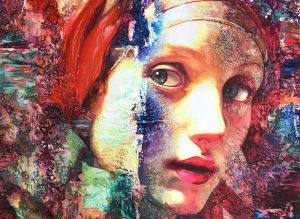
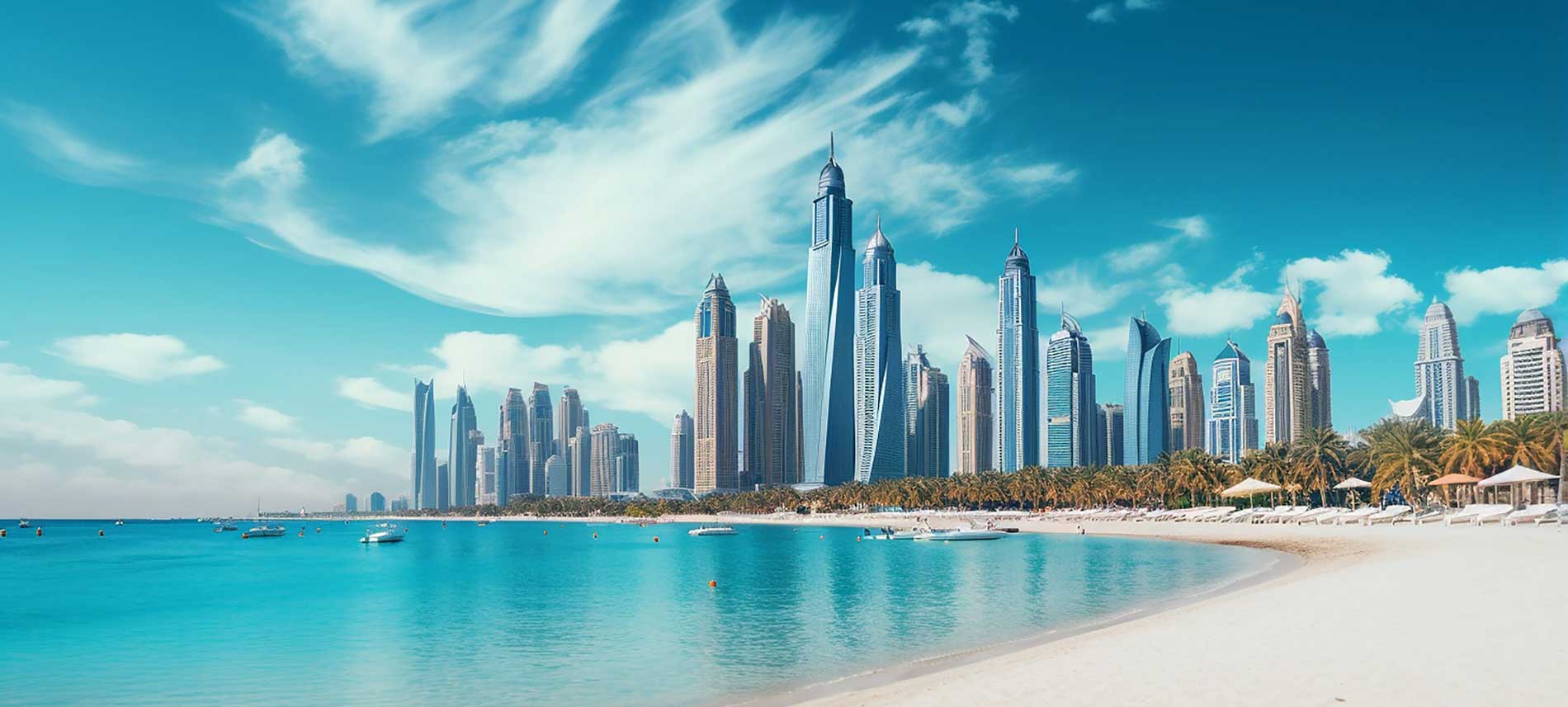
At first glance, photorealism and hyperrealism may appear identical. Both movements produce artworks so realistic they can be mistaken for photographs. However, while they share similar roots, they differ in philosophy, execution, and emotional depth.
Understanding their differences helps collectors and art lovers appreciate the nuances of each style—and discover why hyperrealism has become one of the most influential movements in contemporary art.
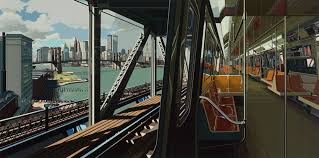
Photorealism emerged in the 1960s and 1970s as a reaction to abstract expressionism. Pioneers like Richard Estes, Chuck Close, and Ralph Goings sought to reproduce photographic images with exacting detail, often using projectors or grids to transfer photographs onto canvas.
The core principle of Photorealism was the mechanical and objective reproduction of a photograph. The artist operated with an almost scientific neutrality, eliminating their own subjectivity and emotional expression. The process was meticulous: photographs were projected or gridded onto the canvas to be then reproduced with extreme accuracy. The goal was not just to paint realistically but to imitate the aesthetics of the photograph itself, including its imperfections (like flash glare or depth-of-field blur). The result was a work of art that seemed devoid of a human touch, a comment on the growing ubiquity of photography in contemporary society.
“Photorealism is painting as mirror: neutral, objective, and precise.”
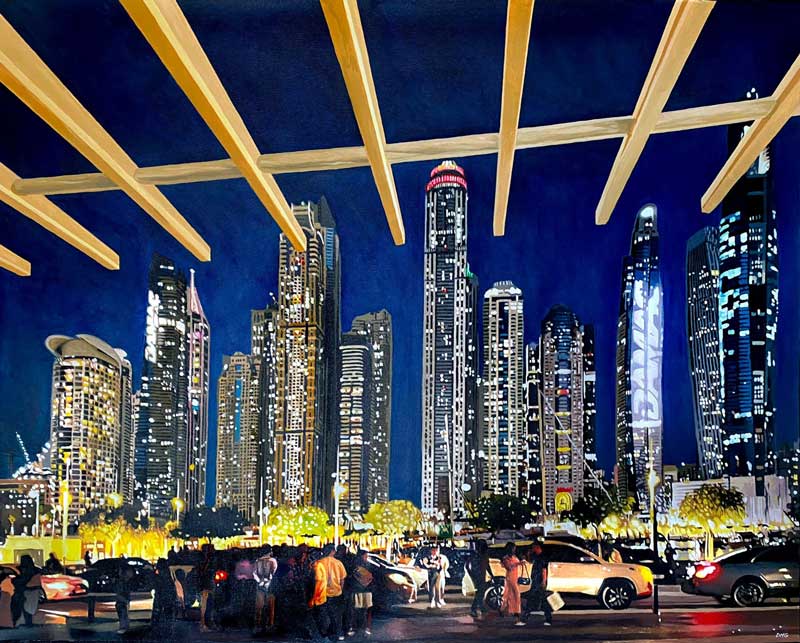
By the early 2000s, hyperrealism emerged as a distinct movement, building on photorealism but moving beyond mere replication. Hyperrealism artists maintained technical precision but introduced narrative, atmosphere, and psychological depth.
Unlike photorealism, hyperrealism does not simply copy a photo—it interprets it. Colors may be intensified, lighting dramatized, and emotions amplified. The result is a work that feels more alive than reality itself.
Hyperrealism, while building on the technical foundations of Photorealism, distinguishes itself in its intentions and outcomes. Developed in the mid-1970s, Hyperrealism is not content with a mechanical copy. Instead, it seeks to surpass the objective reality of the photograph, creating an image that is more real than reality itself.
The hyperrealistic artist is a storyteller who actively intervenes in the creative process. Unlike the photorealist, who faithfully reproduces a single photo, the hyperrealist can combine elements from different photographic sources, manipulate perspective, and, most importantly, selectively emphasize details. The goal is to evoke an emotional response in the viewer, often through the exaggeration of textures, reflections, or color saturation. Skin imperfections, folds in clothing, or the sheen of an object become the protagonists, inviting the observer into an emotional participation and a reflection on the subject.
For an academic analysis of the transition between the two movements and their implications, you can consult authoritative resources such as the Museum of Modern Art (MoMA)’s description of Photorealism, which documents the evolution of figurative art in detail.
For a collector, recognizing the differences is crucial to understanding a work’s intrinsic value.
Artistic Intent: Photorealism focuses on mechanical and impersonal reproduction, almost like a visual experiment. Hyperrealism, on the other hand, is driven by a subjective and narrative intent, with the goal of communicating an emotion or a message.
Brushwork and Touch: In Photorealism, the painting’s surface is often impeccable, devoid of visible brushstrokes. In Hyperrealism, although the brushstrokes are meticulously controlled, they can be used to emphasize texture and depth, adding a tactile dimension to the work that a photograph does not possess.
Subject and Context: Photorealists often favored impersonal urban scenes, cars, and storefronts. Hyperrealists expanded the repertoire, including intimate portraits, human figures with psychological expressiveness (like the sculptures of Duane Hanson), and scenes that tell a story.
| Aspect | Photorealism | Hyperrealism |
|---|---|---|
| Goal | Exact replication of a photograph | Emotional and narrative reinterpretation |
| Style | Neutral, objective, static | Expressive, atmospheric, immersive |
| Technique | Often grid or projector transfer | Brushwork + glazing + layered detail |
| Emotion | Minimal, detached | Central to the work |
| Subject Matter | Everyday life, cars, people, urban scenes | Portraits, reflections, abstract realism, deeper symbolism |
| Impact | “Wow, it looks like a photo!” | “Wow, it feels more real than reality!” |
The Wave Art Gallery perfectly embodies the spirit of contemporary hyperrealism, offering works that go far beyond mere photographic reproduction. The artist DMG is a clear example of this movement. His canvases, such as those depicting luxury cars, are not simple copies but are filled with life and emotion.
In works like “Blue Prototype” or “Bugatti Gold and Black,” the precision of the reflections and the vibrant color palette not only enhance the vehicle’s beauty but also create a dialogue with the surrounding environment, whether it’s an urban desert or futuristic architecture. Each piece is a statement of style and a celebration of design and technology, infused with the artist’s unique sensibility. Similarly, in the portraits from the “Volti” series, DMG captures not just the likeness but the soul of the subject, combining technical hyperrealism with a profound psychological inquiry.
For an academic analysis of the transition between the two movements and their implications, the essay “Photorealism to Hyperrealism: The Evolution of a Style” offers an illuminating perspective. You can find authoritative resources like those from the Smithsonian American Art Museum, which documents the evolution of figurative art in detail.
In the digital era, where high-resolution images are ubiquitous, photorealism can sometimes appear redundant. Hyperrealism, however, offers something a photograph cannot:
It invites reflection, not just observation.
It blends technical mastery with artistic sensitivity.
It elevates ordinary objects—like tea cups, marbles, or cars—into extraordinary works of art.
While photorealism focuses on copying the world with mechanical accuracy, hyperrealism transforms it—infusing artworks with emotion, atmosphere, and meaning.
At Wave Art Gallery, hyperrealistic works blur the line between reality and imagination, offering collectors timeless pieces that resonate beyond appearances.
Photorealism replicates photographs with neutrality, while hyperrealism interprets reality emotionally and atmospherically.
Photorealism emerged in the 1960s, while hyperrealism developed later, around the early 2000s.
Both rely on photographic references, but hyperrealism uses more advanced layering, glazing, and expressive brushwork.
Yes—most photorealists aimed for neutrality. Hyperrealists, by contrast, make emotion central to their work.
Hyperrealism is generally more sought-after due to its emotional depth and contemporary relevance.
They can overlap, but intent matters: if the goal is emotional impact, it leans toward hyperrealism.
Portraits, reflections, still lifes, cars, and cityscapes—subjects rich in light, symbolism, and narrative potential.
In leading galleries, museums, and at Wave Art Gallery, where hyperrealism is celebrated in its diverse forms.
Hyperrealism does not seek to replicate photographic reality, which is already a mechanical reproduction, but instead tries to infuse the work with a more vivid and three-dimensional sense of reality than what is perceived in a photo by exaggerating the details the human eye notices.
Often, yes. The impressive size of many hyperrealistic works is a deliberate choice to allow for a hyper-detailed representation and to create an immersive experience for the viewer.
Hyperrealistic artists widely use digital technologies for image manipulation and analysis before starting the painting, but the final work is always a product of manual painting.
In a world where digital photography is ubiquitous and accessible to everyone, the return to such meticulous and painstaking painting demonstrates the unique value of human craftsmanship, time, and artistic vision.
The value is determined by several factors, including technical complexity, the artist’s reputation, the piece’s importance in their body of work, and its conceptual or narrative value.
Yes, the artist uses photographs as a starting point but manipulates them to create a new composition and narrative, following the principles of hyperrealism.
Hyperrealism distinguishes itself through its extreme technical precision and almost photographic fidelity, which goes beyond classic realism or figuration, focusing obsessively on textures, reflections, and minimal details.
While its technique requires exceptional skill and the works command a high market value, Hyperrealism is often accessible to a broad audience precisely because of its recognizability and its direct communicative power.

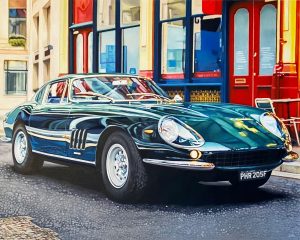




WhatsApp us